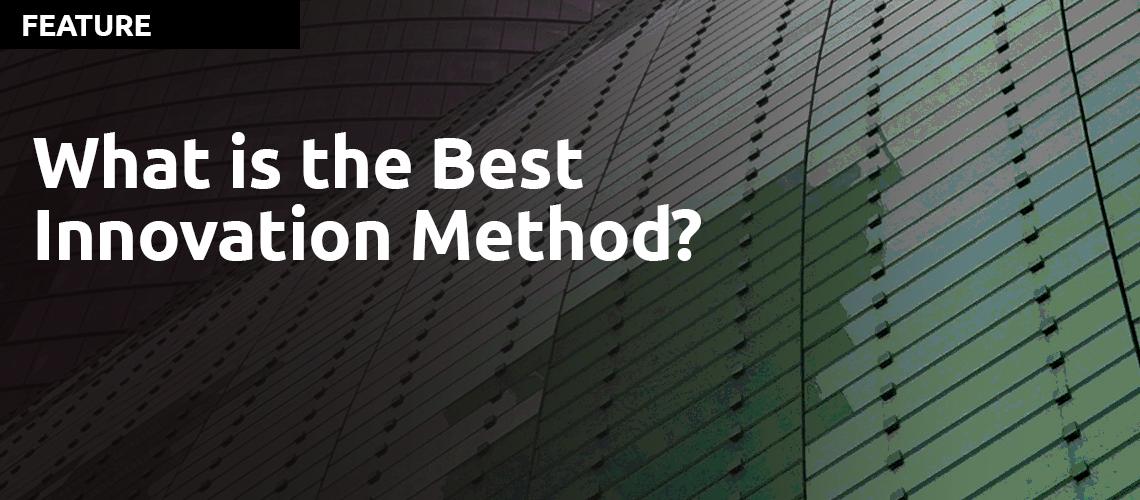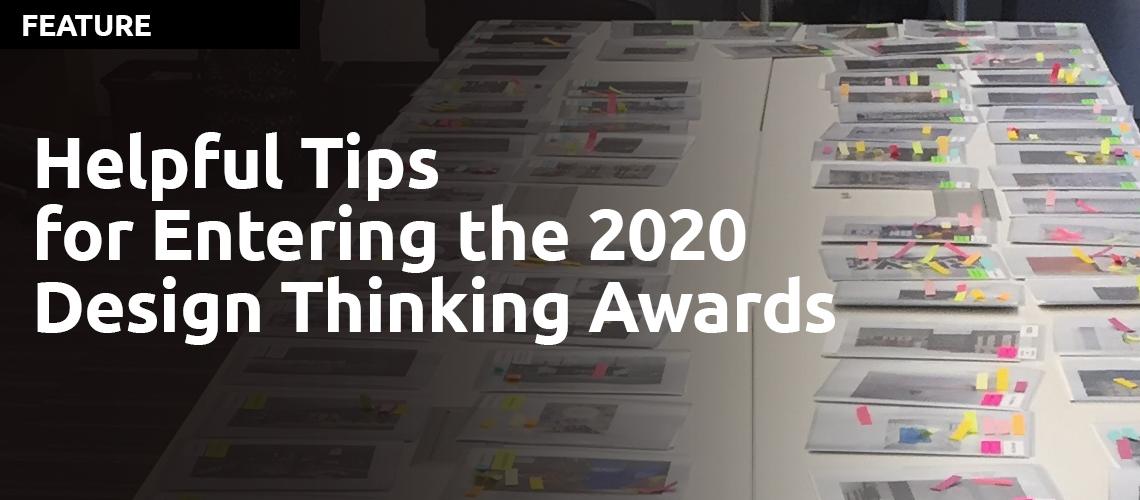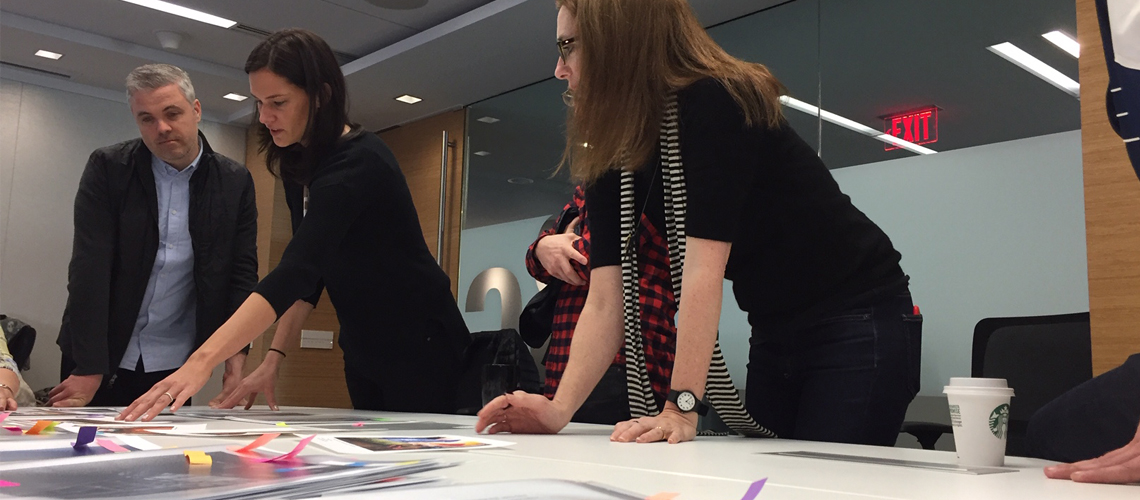How to Use Design Thinking to Make Great Things Actually Happen
Ever since it became clear that smart design led to the success of many products, companies have been employing it in other areas, from customer experiences, to strategy, to business ecosystems. But as design is used in increasingly complex contexts, a new hurdle has emerged: gaining acceptance (for the new solutions).











